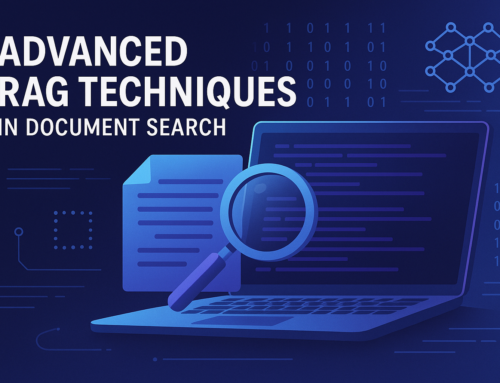In the cacophony of AI hype, we’re missing the most profound technological revolution: AI that vanishes into the background. The future of artificial intelligence isn’t about flashy chatbots or headline-grabbing large language models. It’s about invisible intelligence seamlessly woven into the fabric of our daily lives. And it probably won’t even have “AI” in the name. *gasp*
Consider embedded controllers—computational workhorses already silently managing complex systems in everything from refrigerators to automobiles. Most people have no idea these sophisticated mini-computers exist, yet they precisely regulate temperature, manage power consumption, and coordinate intricate mechanical interactions. This is the true future of AI: ubiquitous, unrecognizable, and indispensable.
Emerging AI agents will follow a similar path. They won’t announce themselves with dramatic interfaces or anthropomorphic personalities. Instead, they’ll quietly optimize processes, make micro-adjustments, and solve problems before we even recognize a challenge exists. Imagine AI integrated into agricultural systems predicting crop diseases, embedded in medical devices detecting microscopic changes in patient health, or woven into urban infrastructure managing energy and traffic flow.
The most powerful AI won’t be a product you purchase or a service you subscribe to. It will be a fundamental layer of intelligence that operates so seamlessly it becomes invisible—much like electricity or internet connectivity. We don’t marvel at light switches or ethernet ports; we simply expect them to work. AI is rapidly approaching that level of fundamental integration.
This doesn’t mean AI will be less sophisticated. On the contrary, these secret agents of intelligence will be incredibly complex, drawing on massive datasets and advanced algorithms to make split-second decisions across diverse domains. They’ll be purpose-built, hyperspecialized, and so efficiently designed that their computational nature becomes utterly transparent.
Consider these examples:
- Content Personalization: Embedded AI that dynamically generates personalized learning materials, entertainment recommendations, or product descriptions tailored to individual user preferences.
- Design Optimization: AI systems that generate and refine product designs, architectural plans, or engineering solutions based on real-time performance data and constraints.
- Language Localization: Real-time AI translation and cultural adaptation of content across interfaces, documents, and communication channels without user awareness.
- Creative Workflows: Background AI assistants that generate draft content, suggest improvements, or complete repetitive creative tasks in writing, design, and media production.
- Predictive Customer Service: AI agents that generate personalized support responses, troubleshooting guides, and proactive assistance based on individual user interaction histories.
- Financial Modeling: Generative AI embedded in financial systems that create risk assessments, investment strategies, and predictive economic models in real-time.
- Scientific Research: AI systems that generate research hypotheses, design experimental protocols, and synthesize complex research findings across disciplines.
The era of AI as a spectacle is ending. The era of AI as embedded problem-solver is just beginning.





